It’s been 10 years since I began charting the evolution of in-store digital signage (by which I also mean dynamic displays, electronic message, digital signage and narrowcasting). In the interim, everything from sports venues and casinos to hospitals and banks has attempted to harmonize the untapped potential of digital displays with the economic realities of the commercial world. The results of these efforts have been mixed.
To celebrate this somewhat arbitrary anniversary, I compiled a progress report. What types of retailers have embraced digital displays and, conversely, which ones have been able to resist? While I continue to read that digital signage is transforming the retail environment, real-world evidence is sometimes less convincing. Shouldn’t I be encountering more of this transformation in actual retail spaces?’
POPAI, the in-store marketing trade association, recently established a digital signage group to promote the technology and conduct market research, but as yet none has been completed. Most of the other industry reports are generated by vendor groups and tend to portray digital signage more enthusiastically than may be warranted.
So I've gone the unofficial route. I recently took a walking survey of Woodfield Mall in Schaumburg, Ill., one of the largest enclosed malls in North America with three floors, 2.6 million square feet and more than 220 large and small retailers. The displays and systems there ranged from single screens to interactive merchandising systems, from brilliantly inspired to “what was the point of this again?” In fact, some useful observations involved what wasn’t there, including the fact that several retailers that have previously announced digital signage projects have yet to roll them out.
Few and Far Between
My informal statistics-gathering found a large proportion of stores that don’t yet see the value of digital displays, at least not enough to spend money on them (the only test that matters). Of the 185 stores I visited, only 17 had deployed any type of digital signage or interactive display system. Here’s the breakdown by category. (Note: The numbers are slightly different from those above because some stores fit into more than one category.)
• department stores: 1 of 10
• home furnishings: 0 of 10
• book stores: 1 of 2
• jewelry stores: 2 of 28
• women’s fashion: 0 of 45
• men’s fashion: 0 of 25
• electronics: 3 of 14
• beauty and health: 0 of 19
• shoes (all types): 3 of 24
• games: 0 of 4
• sports/memorabilia: 1 of 5
• youth fashion: 4 of 10
• outfitters/extreme sportswear: 2 of 2
A Pair of Bright Spots
Beyond these numbers, there were two shining examples of how effective digital technology can be when technology and creative imagination intersect.
The first store is Anahí, a retailer selling ametrine jewelry manufactured from its own gemstone mine in Bolivia. The digital system consists of three wall-mounted 40-inch flat screens showing a triple segment multi-media presentation. Using a combination of text, video and photography stills, the message tells a different story than we expect.
It emphasizes the history of the endeavor, the non-exploitive nature of the product and the environmental responsibility of the company. The natural setting of the mine, jewelry design and manufacturing processes are all interwoven in a rather spectacular visual, edited in such a way that we can absorb all three screens. The mining component juxtaposed with the brilliant gemstones in the presentation makes it impossible not to be curious about the store. The store interior is dim and the screens are bright, making them visible from well outside the store.
The other project is an interactive merchandising system in f.y.e., a purveyor of music CDs, movies, games and electronics. (Its initials stand for “for your entertainment.”) When I glanced into the store from the concourse, I was amazed that there were no flat screens visible. Doesn’t this retailer show movie clips or music videos in-store?
Indeed it does – but on a more personal level. The display cases are equipped with dozens of smaller, truly interactive merchandising units that allow shoppers to sample music from specific CDs or play movie clips from DVDs by scanning the UPC on the jewel case. There are all kinds of other functions built into these clever units, which consist of a small interactive screen, head phones and scanner. And, as a bonus, they actually worked. Without this system, I would never have sampled Rhianna’s “Good Girl Gone Bad” CD.
In addition to these two systems, it would be wrong not to note the elegance and power of the digital signage in the Apple store. Always ahead of the curve, this company used the sheer beauty of the presentation to lure this lifelong Windows user into the store to look at its lovely gadgets.
Bang for the Buck
Although I found the percentages of adopters vs. non-adopters to be small across all segments, one hybrid category appears to be ahead of the curve: that composite of young, edgy fashion shops (such as Metropark and D.E.M.O.) and action “outfitters” (such as American Eagle and Oakley). Although these two lifestyles may seem superficially disparate, one common element is the age and coolness level of the target audience.
Another common element: The store planners have clearly integrated multimedia screens and sound into their sales environment rather than adding them as afterthoughts. In most cases, the multimedia content is produced specifically for the retail brand (as opposed to the product brand) and reflects the lifestyle interests of the clientele.
At the rear of both stores, American Eagle Outfitters and Oakley deploy extra-large flat screens that broadcast footage of surfing, skateboarding, biking and other outdoor activities. American Eagle’s spots are themed “Live your Life,” while Oakley helps finance independent filmmakers, reinforcing the commitment of the brand to the clientele’s lifestyle. A video soundtrack pervades the American Eagle store, and the video itself is clearly visible from the concourse.
Similarly, Metropark uses six ceiling-mounted screens to display urban-oriented footage focused on choreographed male/female courtship rituals. And D.E.M.O. deploys four flat screens running edgy music videos. In all of these stores, the shopping environment would be diminished without the multimedia. In other words, I think these companies are getting a good bang for their buck.
Some notes on other well-known retail names: Woodfield’s Macy’s store has some digital media, though it barely counts. It consists of a half-hearted, double bank of small CRTs (i.e., TVs) suspended over the cosmetics counter and playing videos. The 19-inch screens are almost exactly the same size and color as the ceiling-mounted security monitors hanging around other sections of the store. I’m not sure what that message is.
The two digital displays in the Finish Line shoe store were supplied by Nike for its branded department. Content consisted of Nike’s signature inspirational sports training video that makes pain look like fun. In general, digital displays in chain store environments are likely to be brand-supplied. An exception was the single 40-inch, wall-mounted flat screen in The Walking Company, a small shoe boutique offering comfort footwear from around the world. A single white line of text reading “30 Seconds to Change Your Life” scrolls endlessly across the blue screen, but at 20-second intervals. What does this mean, Grasshopper?
Untapped Potential
Overall, as I wandered Woodfield, I found many instances of untapped potential. Having installed, managed and programmed a few single-screen “systems” myself, I am well aware of the downsides of the technology. The content monster must be fed and the system needs to be kept up and running (which, by the way, was not true of all the systems at Woodfield). The bigger the systems get, the more expensive they become. So I’m realistic about the practical challenges and the difficulty of monitoring success.
Yet when I see great concept and execution – such as in the Anahí store – I become inspired and want to revisit Woodfield to share my great digital signage ideas. Think of it: If you’re stuck with a small storefront on the third level, why not invest in some eye candy to pull in customers from right across the mezzanine? Wouldn’t Lego increase sales with some videos of its robot kits? I wouldn’t be able to get my kids out of there. I wouldn’t be able to get me out of there.
During the first years of the slow-moving digital signage revolution, there were bottlenecks in almost every phase of the technology. But now, flat screens are dirt cheap; networking and delivery systems are reliable; and software abounds for scheduling and managing programs. All that’s lacking now is the will, the vision and the budget to tap into the power of this medium.
Photography: Laszlo Regos, Berkley, Mich. (Metropark)
Sean O’Leary, Park Ridge, Ill. (Anahí)
Courtesy of Trans World Entertainment, Albany, N.Y. (f.y.e.)

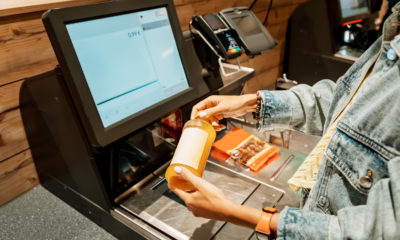
 Headlines2 weeks ago
Headlines2 weeks ago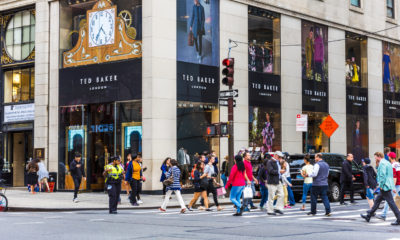
 Headlines6 days ago
Headlines6 days ago
 Headlines1 week ago
Headlines1 week ago
 Headlines4 days ago
Headlines4 days ago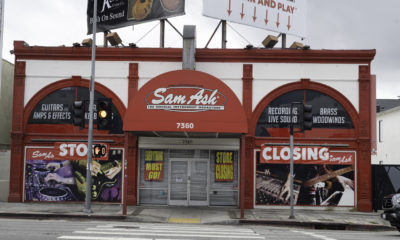
 Headlines2 weeks ago
Headlines2 weeks ago
 Headlines5 days ago
Headlines5 days ago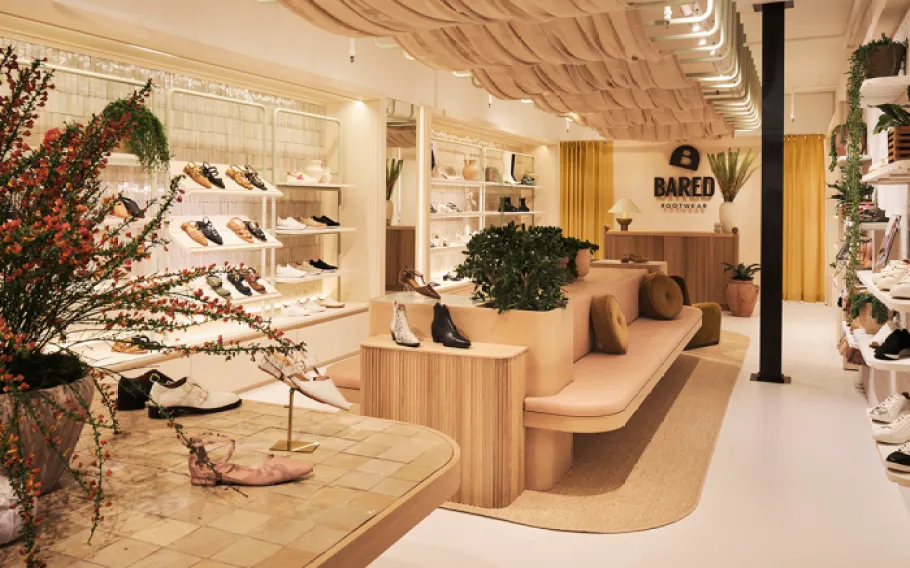
 Headlines1 week ago
Headlines1 week ago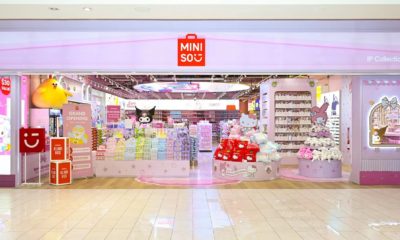
 Headlines2 weeks ago
Headlines2 weeks ago











